Yesterdays announcement of a 30th year anniversary reprint of “Star Wars: The Roleplaying Game” has prompted some discussion of which Star Wars RPG edition was the best. I did some polling this last year and have some interesting insights on this topic.
Favorite Star Wars RPG Sytem (d6, d20, FFG, etc.)
I ran a poll here which asked “For those of you who’ve run or played a Star Wars RPG campaign in the last four years, what system did you use? By campaign, I mean 5 or more game sessions.” The population I polled were the few thousand people who follow me on Google+. Here were the results.
Favorite Star Wars d6 Edition (1e, 2e, 2e R&E)
I then ran a poll here looking at the different d6 editions. I asked “Which d6 ‘Star Wars: The Roleplaying Game’ edition is your overall favorite? (Whether to run or to play; I’ll assume 1e includes rules errata or retroclones, and 2e Revised and Expanded includes REUP).” The population I polled was the Star Wars d6 Google+ group. Here were the results.
Conclusions
 There is probably some selection bias (for those into statistically significant polling techniques) but nonetheless the results are interesting.
There is probably some selection bias (for those into statistically significant polling techniques) but nonetheless the results are interesting.
Generally, even though it’s out of print, Star Wars WEG d6 still has a very strong following and is for a large population, their favorite Star Wars RPG ever.
About half the folks active in the Google+ Star Wars d6 community like Star Wars WEG d6 like the final edition (2e Revised & Expanded) the best, but the rest of the folks like the earlier d6 versions better.
Anecdotally, most of the Con games I’ve seen that run WEG d6 use the easier, simpler 1e version (which doesn’t have a Wild Die, has a much simpler skills list, etc.). I suspect casual gamers like the simpler system.
So is the FFG 1e reprint the harbinger of fuller WEG d6 support? I doubt it. It’s likely ‘one and done’, meant mostly to sell as a sourvenir.
For my part though, this one two-book set is all I need though. The rest of the material I already own or can get off eBay. My players can buy an in-print copy to play Star Wars WEG 1e, which is truly remarkable, and will enable me to run a Star Wars WEG 1e campaign, something that previous to this announcement was very hard to do!
— Stan
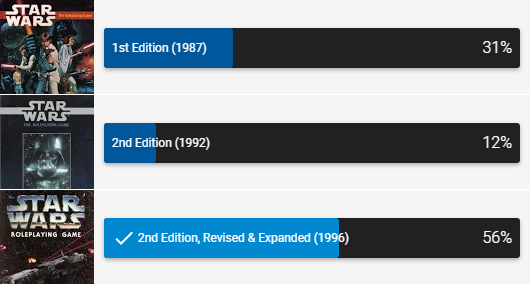
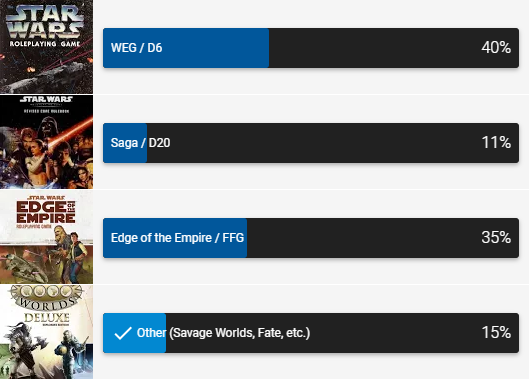
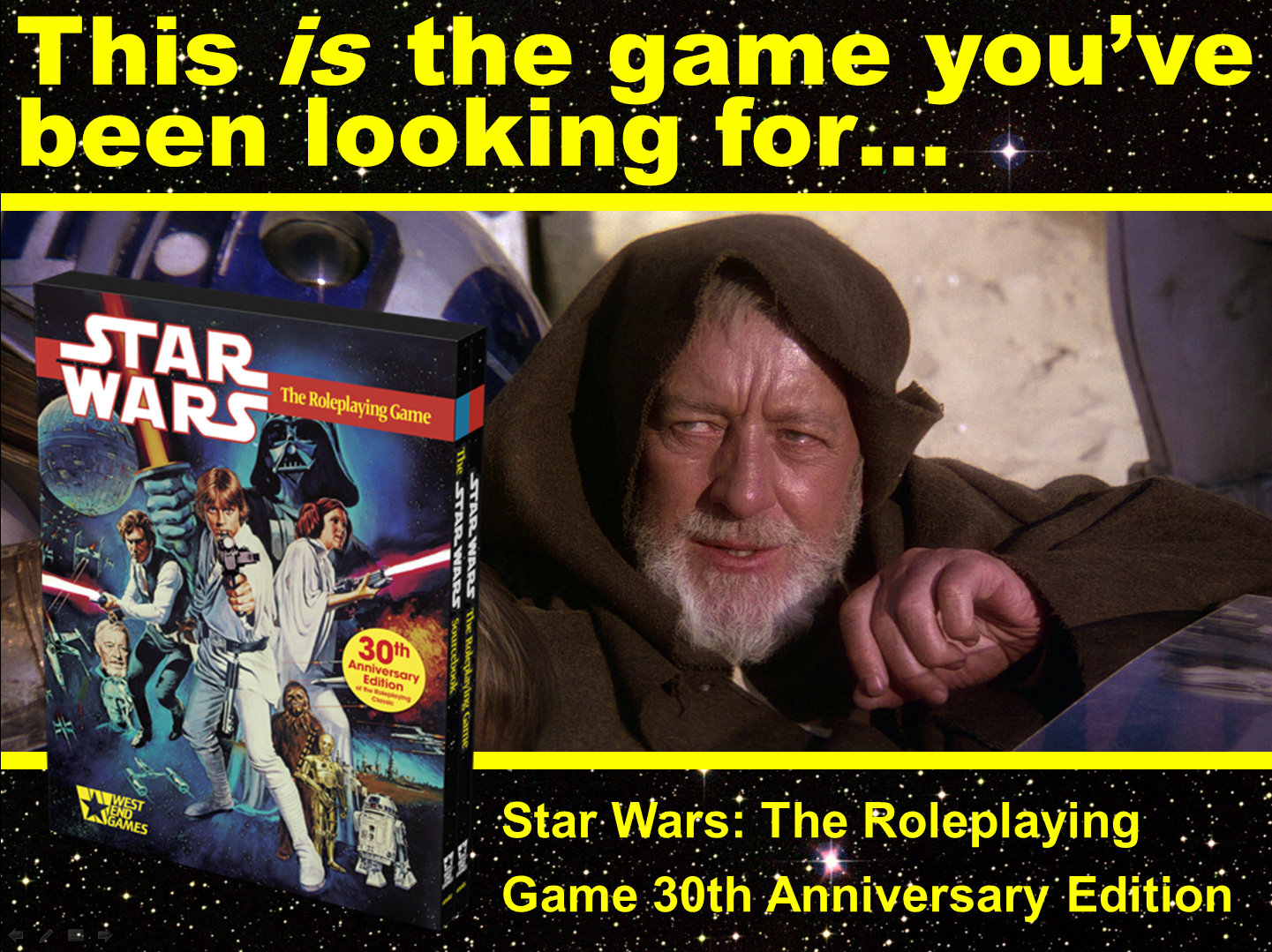
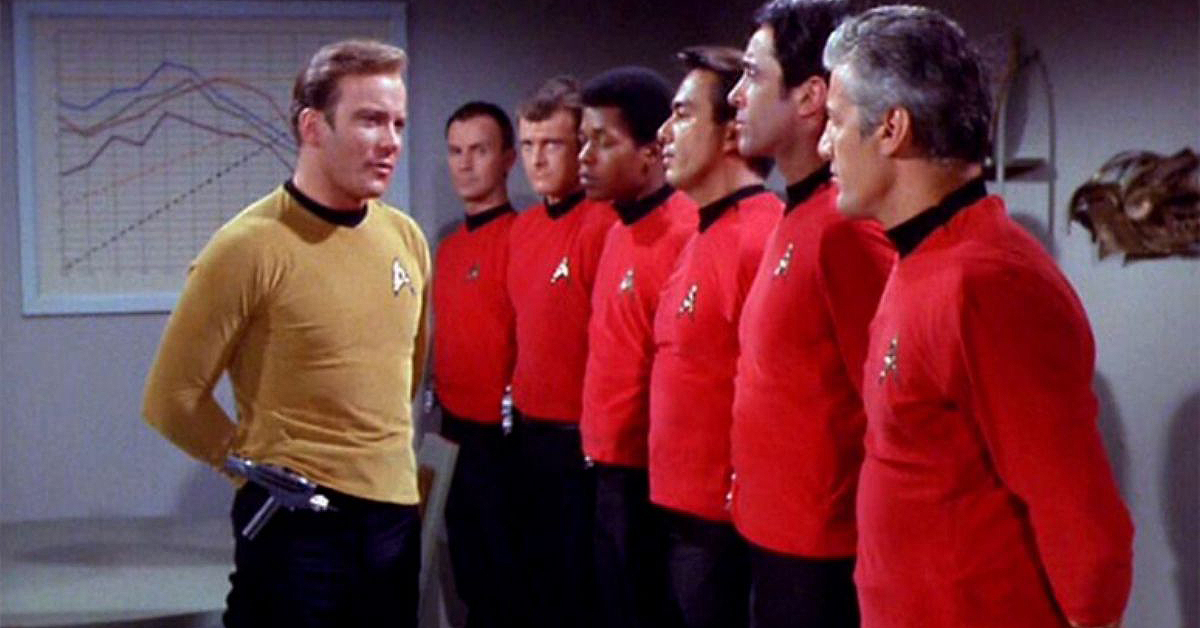


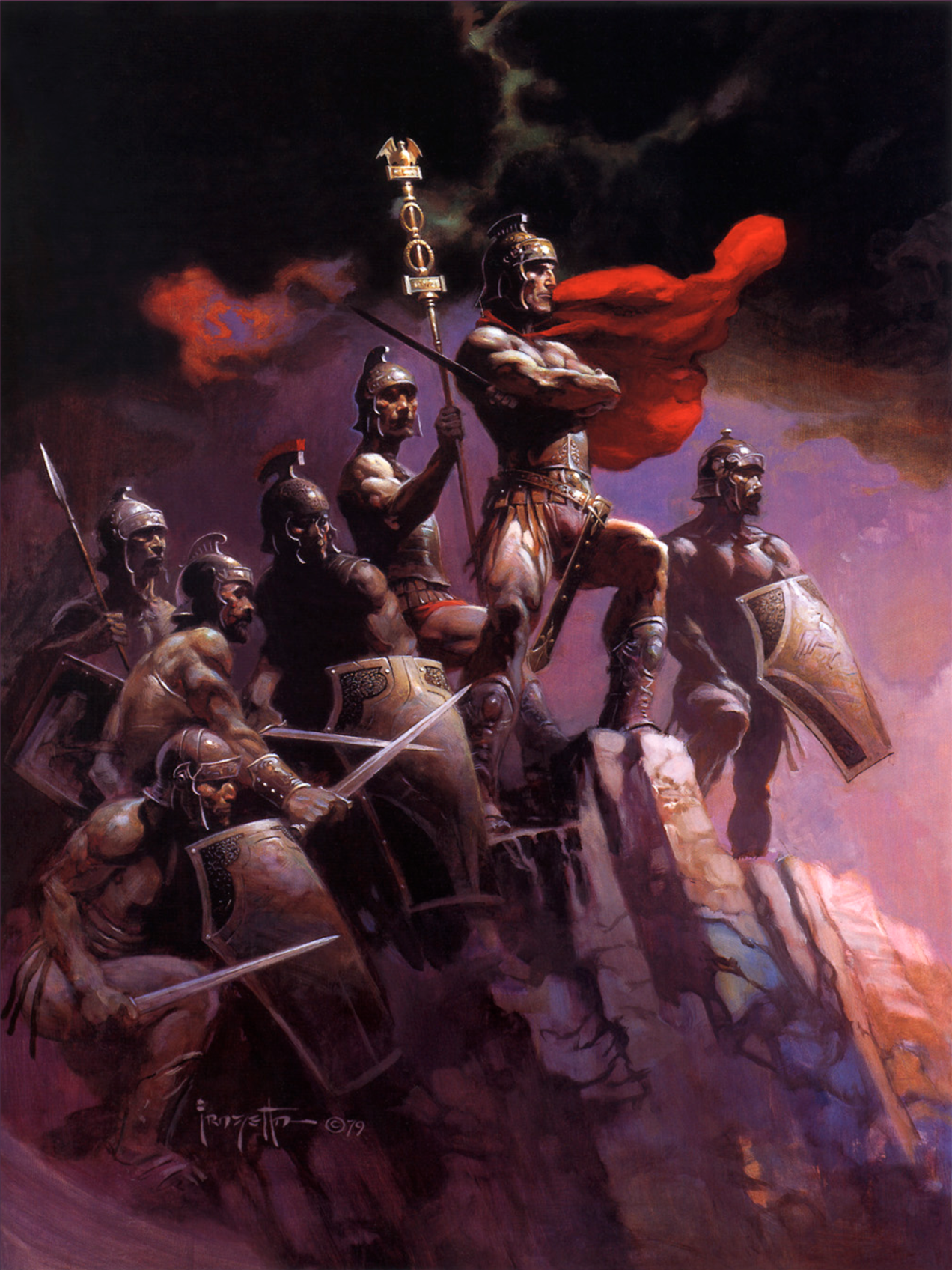



Recent Comments